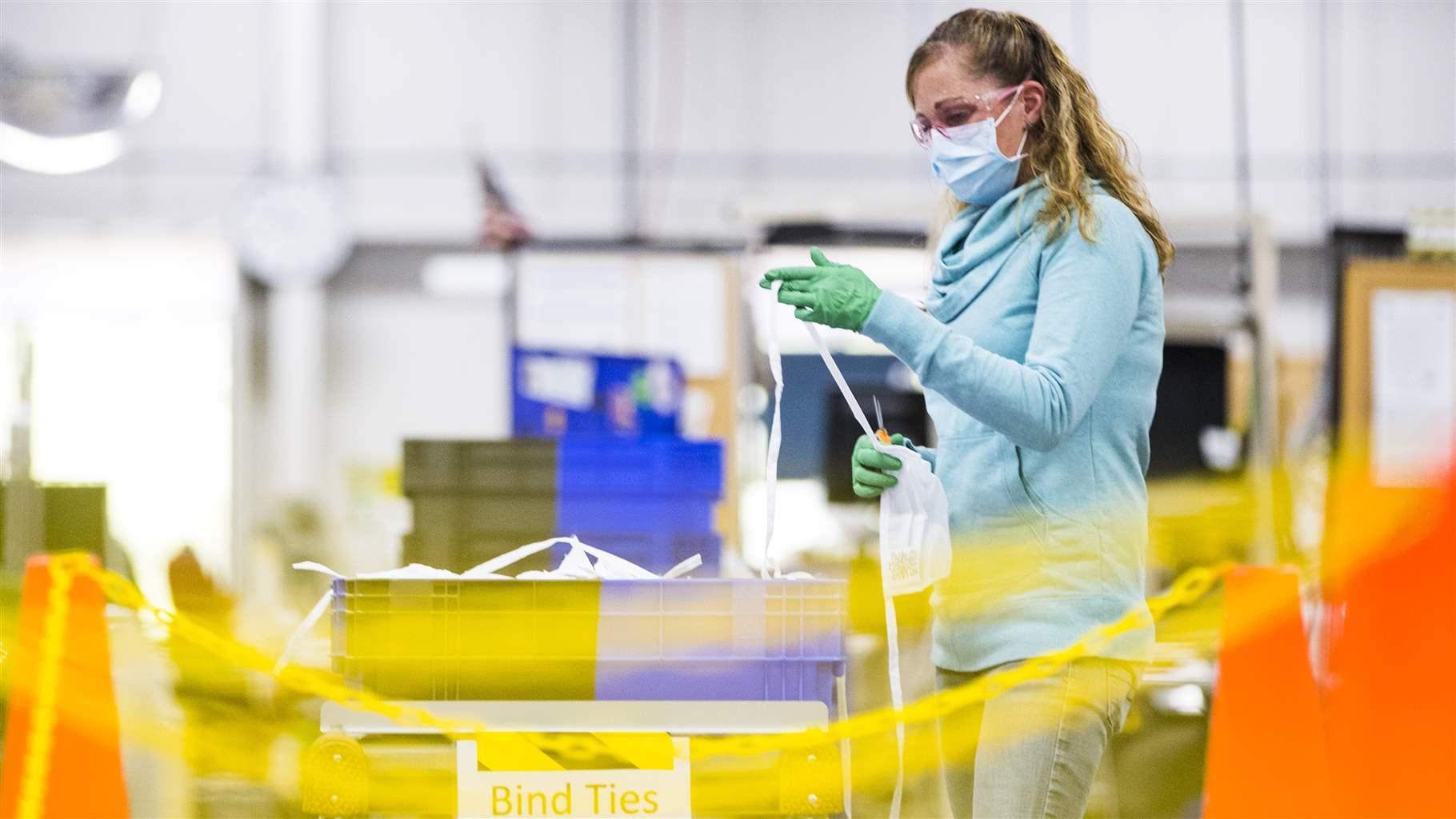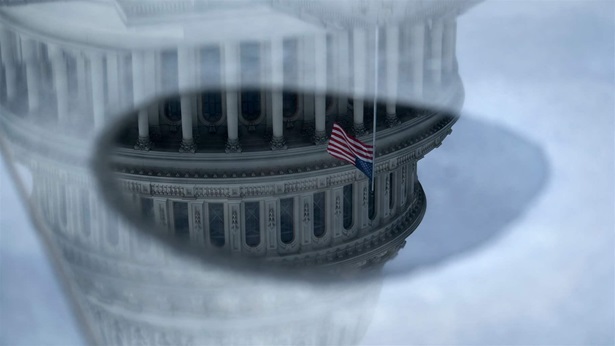State Economic Development Officials Collaborate to Counter the Pandemic’s Impact
Efforts seek to bolster local economies and provide tools for fight against COVID-19

In response to the unprecedented shutdown of the nation’s economy caused by the COVID-19 pandemic, top state economic development officials have pivoted from competing with one another for businesses to a more collaborative approach. They are sharing ideas and guidance through a nationwide network to help stem business closures and job losses, increase production of needed medical supplies, and strategize for the eventual recovery.
Working through the State Economic Development Executives (SEDE) Network, economic development secretaries, commissioners, and chief executives of state commerce authorities have been holding weekly strategy sessions to brainstorm and share information about how to respond to a national emergency that has brought great public health and economic challenges. Meanwhile, the Center for Regional Economic Competitiveness, which manages the network with funding from The Pew Charitable Trusts, is compiling state initiatives and resources on the SEDE website to ensure that officials have a wealth of ideas to consider and tailor to their specific needs.
Initially, the collaborative efforts focused on finding innovative ways to adapt programs designed to attract and retain high-value businesses to slowing the tide of layoffs and losses. For example, before passage of the federal CARES Act stimulus legislation in late March, those on the SEDE calls discussed how New Mexico had converted its Local Economic Development Act program to provide zero-interest loans to businesses harmed by COVID-19.
Officials in Kansas then built on this idea, setting up a $5 million Hospitality Industry Relief Emergency (HIRE) Fund to provide no-interest loans to hospitality businesses. These state programs have tried to help fill the gap between employers’ immediate need for cash flow and the availability of assistance from the Small Business Administration or the resumption of business operations.
Helping efforts to produce critical equipment
State economic development leaders also are assuming important roles in efforts to produce more medical supplies such as personal protective equipment and ventilators. They are coordinating with other entities, such as the National Governors Association and the National Institute of Standards and Technology’s Hollings Manufacturing Extension Partnership (MEP), to collect and share specifications for high-demand products as well as critical information about accreditation to ensure the supplies meet safety standards.
Manufacturers can face significant barriers when shifting to production of medical equipment and supplies. Among those are finding companies capable of providing needed supplies, the costs of adapting processes for new tasks, limited access to health care market data, and insufficient information on product specifications. Some business leaders also may have concerns about whether new endeavors are covered by their liability insurance—in part because of Food and Drug Administration requirements or lack of specific certifications. In response, states such as Alaska and Kentucky are enacting legislation to limit companies’ liability in such circumstances.
To help businesses overcome various barriers, economic development organizations and state MEP centers are working with company officials to make informed decisions about the costs and potential risks of converting their processes to produce different goods—while complying with unfamiliar regulatory requirements. For instance, in Minnesota, a local economic development official connected a regional health care system with area manufacturers willing to produce face shields and protective gowns for health care workers. Having a buyer identified in advance for new products helps companies because it lowers the risk of making the transition.
In Georgia, the state Manufacturing Extension Partnership center helped a local distillery shift its supply chain and processes to make industrial quantities of hand sanitizer. The company is distributing the product to local first responders for free and has secured a contract to supply it to the Georgia Emergency Management and Homeland Security Agency.
As states grapple with the unexpected and dramatic changes brought on by the novel coronavirus, economic development leaders are playing important roles in the emergency response. They are helping to ensure that health care workers have the equipment they need, while working to address the challenges facing companies, both in the short term and as they begin the long road to recovery. For these officials, the need for multifaceted responses to the pandemic has altered the nature of their work and put a greater emphasis on the value of creative collaboration toward a common goal.
Jeff Chapman is a director and Alison Wakefield is an associate manager with The Pew Charitable Trusts’ state fiscal health project.


America’s Overdose Crisis
Sign up for our five-email course explaining the overdose crisis in America, the state of treatment access, and ways to improve care
Sign up

Economic Downturns: Protecting State and Local Budgets


What Factors Influence the Effectiveness of Business Incentives?












